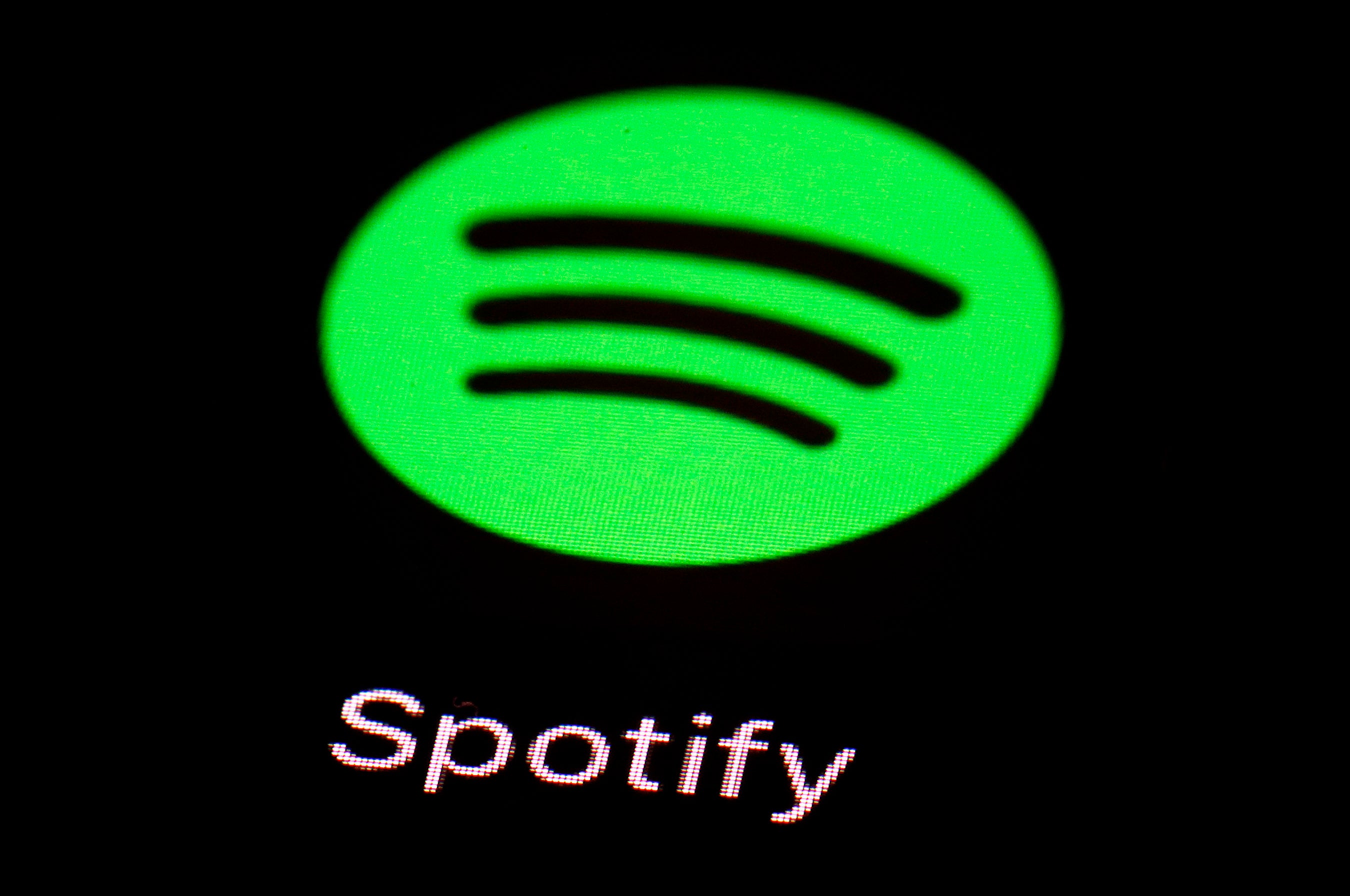Spotify paid $9 billion in royalties in 2023. Here's what fueled the growth
Every year since 2021, Spotify has published its “Loud & Clear” report, an attempt to be more transparent about its payments

Your support helps us to tell the story
From reproductive rights to climate change to Big Tech, The Independent is on the ground when the story is developing. Whether it's investigating the financials of Elon Musk's pro-Trump PAC or producing our latest documentary, 'The A Word', which shines a light on the American women fighting for reproductive rights, we know how important it is to parse out the facts from the messaging.
At such a critical moment in US history, we need reporters on the ground. Your donation allows us to keep sending journalists to speak to both sides of the story.
The Independent is trusted by Americans across the entire political spectrum. And unlike many other quality news outlets, we choose not to lock Americans out of our reporting and analysis with paywalls. We believe quality journalism should be available to everyone, paid for by those who can afford it.
Your support makes all the difference.Spotify paid out $9 billion in streaming royalties last year, the streaming giant said Tuesday in its latest “Loud and Clear” report.
Spotify's fourth annual report, which originally launched in 2021 following criticism over its lack of transparency, noted record accomplishments, including the highest annual payment from any retailer to the music industry.
“This is everything we know about how much is being paid out, how many artists are achieving different levels of success,” says Charlie Hellman, the vice president and global head of music product at Spotify. “So, everyone can have access to the information and be sort of up to date with the state of the industry.”
According to the data, 1,250 artists generated over $1 million each in recording and publishing royalties in 2023; 11,600 generated over $100,000 and 66,000 generated over $10,000 — numbers that have almost tripled since 2017.
More than half of those 66,000 artists came from countries where English is not the primary language, the report says, reflecting an increasingly global music landscape.
And “indie” artists — the self-distributed, do-it-yourself acts and those on independent record labels, according to Hellman — accounted for $4.5 billion, half of all royalties paid out by Spotify.
“There are millions of people who’ve uploaded a song at least once but that doesn’t really speak to whether they’re an artist, or if they’re doing this more as a hobby,” Hellman says.
Spotify zooms in on artists that have “at least put up an album’s worth of music once they seem to have some indication that they’re trying to build a fan base.” He estimates there are “about 225,000 professionally aspiring artists” on the platform.
“They have a little bit of a following. They might, you know, have gigs listed on Spotify or things like that,” he says.
In December, Spotify announced it was axing 17% of its global workforce, the music streaming service’s third round of layoffs in 2023 as it moved to slash costs while focusing on becoming profitable.
The previous month, Spotify announced it would eliminate payments for songs with less than 1,000 annual streams, starting in 2024.
“Songs that generate less than a thousand streams in a year would be generating pennies, a few cents in royalties,” Hellman explains. “So what we’re seeing was that there was an increasing amount of uploaders that had $0.03, $0.08, $0.36 sitting there.”
For those DIY artists, there's a minimum threshold to withdraw money from a distributor — $5.35 at DistroKid and $1 at TuneCore, two such distributors — and Hellman argues the withdrawal fees would eclipse the royalties.
Spotify — and most other streaming services — pay royalties to the rights holders of the music on its platform, a number which is determined by “streamshare." That's calculated by adding up how many times music owned or controlled by a particular rights holder was streamed and dividing by the total number of streams in that market.
In short: Larger rights holders have a larger percentage of the market share. And a listener streaming an artist 25% of the time does not mean the act receives 25% of the listener's subscription fee.
“All those pennies sitting in bank accounts all over the place was siphoning money away from artists that were really doing this, as an aspiring professional," says Hellman of the decision. "And so, those royalties are now being put in the pot so that they can be redirected to artists that are getting more than a thousand streams a year.”